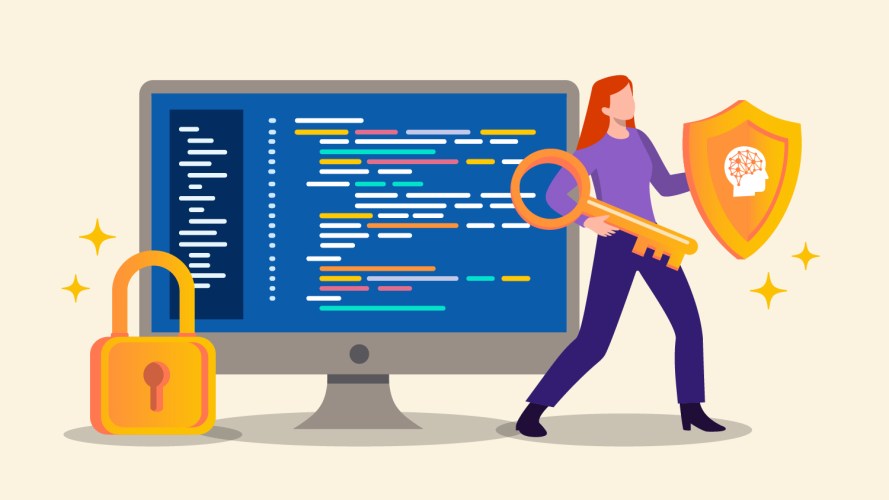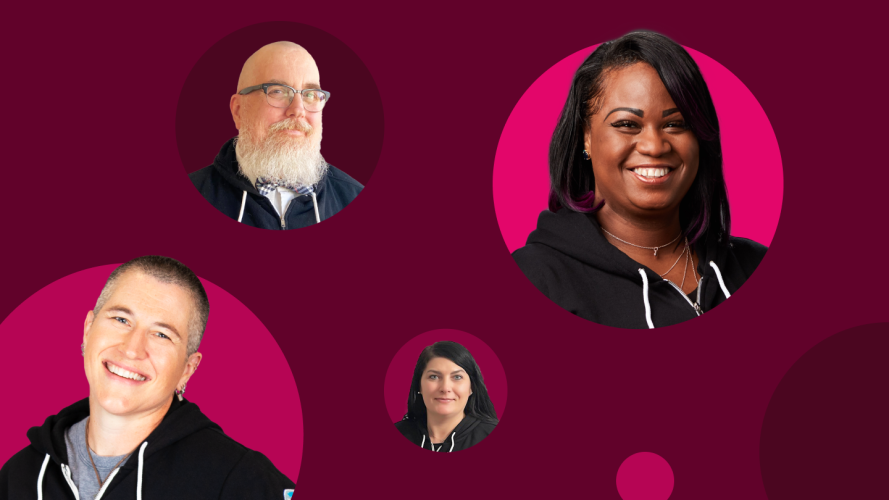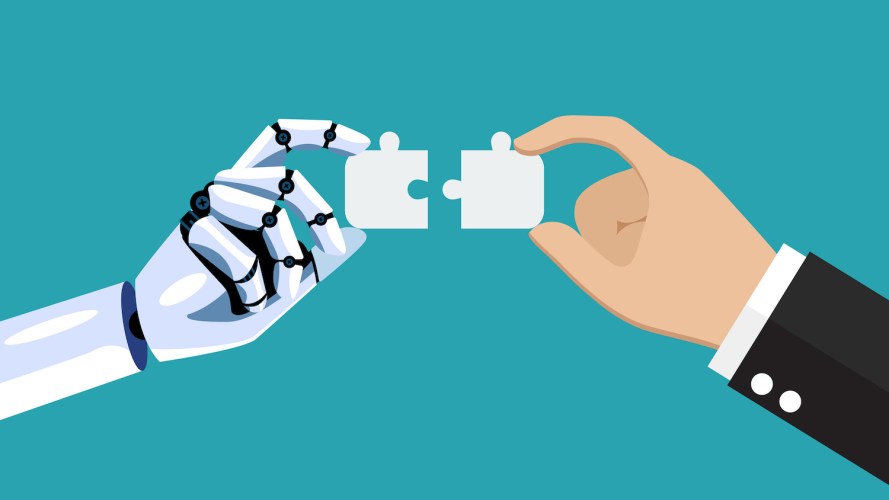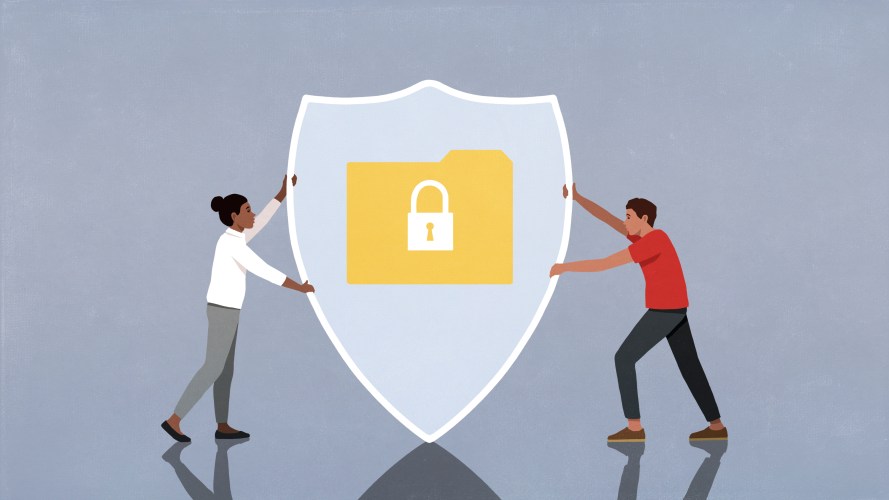Safer In-Person Events? How Salesforce Planned Dreamforce



Learn how Salesforce used its own health and safety technology to welcome a gathering of Trailblazers in person at the annual Dreamforce event.
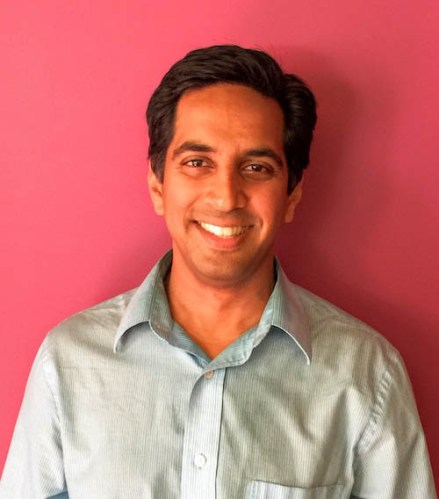
Arvind Seshan
Before the pandemic, in-person events were a huge part of how Salesforce engaged its customers, especially Dreamforce. In 2019, there were more than 171,000 registered attendees. In 2020, it was an all-digital event. In 2021, we faced a question you’ve probably asked at your company: How do we bring people together again for safer in-person events?
Safely bring customers and employees together in-person
Our guidebook on validating entry, COVID-19 testing protocols, and more will show you how.



If you’re new to Salesforce, Dreamforce is more than a conference. It’s our annual global family reunion and the world’s largest software conference. We bring together the Salesforce community of Trailblazers – including customers, partners, employees, and students – to learn, connect, have fun, and give back.
For Dreamforce 2021, most attendees joined us through Salesforce+, our streaming service, and we were able to invite some to attend in person. In-person attendees were required to provide proof of COVID-19 vaccination and completion of multiple COVID-19 tests.
As conditions continued to shift, the key was using our own technology, particularly Vaccine Cloud‘s Dreampass, which helped us more safely plan in-person experiences. But the innovations that made this Dreamforce possible can be traced back even before COVID-19 vaccines became widely available.
Use technology to manage safer in-person events
From the onset of the pandemic, one of our goals was to define a vision for safer in-person events centered around our number one core value: Trust. It’s not just about keeping people safe. It’s about making people feel safe.
Between changing COVID-19 vaccine guidelines, test requirements, and mask policies – plus regional differences in everything from governance to cultural expectations – it became clear that we needed a simple way to manage all the complexity of an event.
We already use our technology throughout our business, from customer service to marketing. To bring people together again, we started by using that technology to plan for the safe reopening of our offices.
Here’s how we made it happen:
Transparency and training
Once we make the data-driven decision to reopen an office, we use Marketing Cloud to email our plans to employees with full transparency – a key element of maintaining trust. Employees then use Trailhead, our free online-learning platform, to get trained on the new expectations for their office, from social-distancing to new cleaning procedures.
Vaccination verification
After employees complete the training, Marketing Cloud automatically emails them with an invitation to download our Work.com mobile app to upload copies of their COVID-19 vaccination card. We automate most of the verification process, but there is still a human check at the end because of the sensitive nature of the information. We also use Work.com to manage office scheduling for capacity, and test status where required.
In other words, by the time we started planning Dreamforce 2021, we had already learned a thing or two about using technology to help bring people together safely and in-person. What we could not know is how conditions would change.
Flexibility on the fly
In partnership with top health and safety advisors, we modeled 30 different event safety experiences based on possible scenarios. This way, we could revise our event protocols as needed if environmental conditions shifted.
Guests invited to attend Dreamforce in person were asked to show proof of full vaccination and agree to multiple pre- and post-arrival COVID-19 tests. They uploaded a copy of their COVID-19 vaccination proof, which was then automatically routed to a reviewer’s queue. Once in the queue, the guest’s proof of vaccination was manually approved by a human.
This verification process then triggered test kits to be shipped to each guest, who received an email communicating next steps. Guests were asked to test 96 and 72 hours before the event. Because of our integration with our testing vendors, lab results automatically triggered record updates in Vaccine Cloud with timestamps.
When an attendee’s proof of vaccination was verified and test results from both tests were negative, Vaccine Cloud automatically generated a Dreampass with the guest’s health verification status. Guests needed to show the QR code on their Dreampass and take a daily onsite rapid test before entry to Dreamforce events. The result: In-person event safety everyone could trust.
The potential of Vaccine Cloud for in-person event safety
As Salesforce created pandemic-response solutions, including Vaccine Cloud, internal teams wanted guidance on how to address equality, privacy, and trust, and how we could embed ethics into our products by design. Throughout Vaccine Cloud’s development, we applied ethical principles around issues like privacy, security, and artificial intelligence. Vaccine Cloud has since powered the delivery and administration of over 100 million doses of vaccines.
As we saw at Dreamforce, technology can do more than help administer vaccines. The end result is the feeling people have when they see each other in person again – with confidence and trust in their own safety.
How can businesses create safer in-person events?
View our panel discussion with Salesforce Chief Medical Officer Dr. Geeta Nayyar and Dr. Leana Wen, CNN medical analyst and Washington Post contributing columnist.




